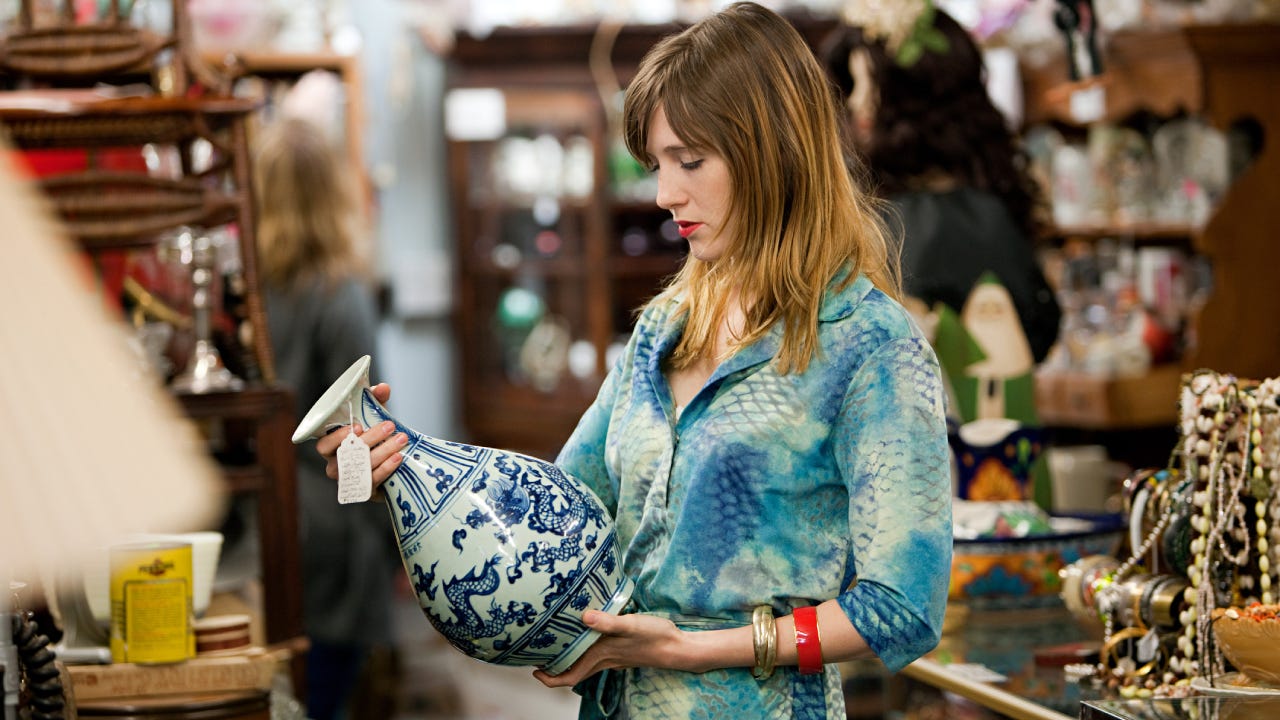How to insure valuable items




Having a homeowner’s insurance policy is a key step in protecting your finances, but you may have certain valuable items in your home that need additional protection. After a significant loss, it can be hard to remember exactly what you had or find receipts and photos to prove what items you had. As such, it’s a good best practice to make sure that the valuable items in your house are properly identified, or listed specifically, in your homeowners insurance policy to ensure coverage in the event of a covered loss.
However, many standard homeowners policies have exclusions for certain high-value items. The last thing you want to find out after a loss is that a valuable item should have been listed under its own policy to be fully covered. Bankrate’s insurance editorial team digs into what valuable items are and how to work with your insurer to make sure that your policy covers them.
What might be considered a valuable item
When purchasing a home insurance policy, condo insurance policy or a renters insurance policy, insurance carriers will ask if valuable personal belongings are kept in the home. The term “valuables” refers to an item that is expensive, rare or collectible. Although a standard home insurance policy will cover some valuable items, it will have coverage limitations or may contain specific stipulations on which high-value items can be covered. It is important to review your policy to make sure that your valuable items are properly addressed within your coverage. This may mean taking some time to specifically identify and assign a value to any property that has a higher replacement value. Insurance companies consider many items valuable, including:
- Fine jewelry
- Watches
- Art
- Furs
- Fine china and silverware
- Coin collections
- Stamp collections
- Firearms
- Sporting equipment
- Musical instruments
- Cameras
- Electronics
- Medical devices
Tips for insuring your valuable items
Valuable items, like a wedding ring or antique collection, are likely prized possessions, and it’s important to get the right type of insurance and the right amount of coverage to protect them. Here are some tips for insuring expensive items:
Check what your policy covers
Whether it’s homeowners, condo owners or renters insurance, check to see what the policy covers and what coverage limits are for valuables. Note that most insurance policies have different coverage limits for damage and theft. Find out if the policy includes all perils or named perils coverage for personal property to determine what losses are covered under your policy.
Get your items appraised
If unsure how much valuable items are worth, consider getting them appraised by a professional. An appraisal will help determine if an insurance policy’s coverage limits offer enough protection or if extra coverage is needed. Because some valuable items appreciate over time, it’s a good idea to get appraisals every few years to ensure their value is accurate and the coverage is sufficient. It may be especially critical to get heirloom items that are personally valuable to you appraised since it might not be possible to compare those items to other items currently on the market.
Make a home inventory
Every homeowner should have a home inventory of their personal belongings with a separate section for valuables. A home inventory is essentially a catalog of everything in the home and should include an image and description of each valuable item, plus the original value, date of purchase, place of purchase and the receipt if possible. Having a home inventory comes in handy when filing a personal property claim.
Keep in mind that this inventory will likely need to be updated as you gain additional valuable items. Although it may be easy to forget to list a new item, it could save you time and money in the long run in the event of a claim. Alternatively, you could also film a video of the items in your home, paying specific attention to serial numbers and brands, or other identifying information. Saving this video on the cloud will enable quick access (as well as a secure location) when you need to file a property damage claim.
Purchase an endorsement
One good way to insure jewelry or other valuable items is to get a quote from a specialty insurer that covers fine jewelry and other valuables or purchase a scheduled personal property endorsement. This add-on policy is available from most insurance companies, and it allows for an increase to the personal property coverage limit for specific items, like a fine art collection or firearm. Purchasing an endorsement will raise the premium but result in a higher payout after a covered loss.
Consider a buyer’s protection plan
When purchasing new valuable items, consider purchasing a buyer’s protection plan from the merchant. Popular with jewelry and electronics companies, a buyer’s protection plan offers coverage on top of what a standard home or renters insurance already includes. There is usually a monthly or annual fee, but it may cost less than buying an add-on policy.
How homeowners insurance covers valuables differently than renters insurance
Homeowners insurance and renters insurance both offer coverage for valuables, but the coverage limits vary. Typically, home insurance policies offer more coverage for valuable items than renters insurance policies.
Home insurance and condo insurance policies are generally broader in coverage scope and include more options for valuables add-on coverage. In fact, your personal property coverage limit is typically a large percentage of your overall dwelling coverage, while contents coverage in a renters policy is usually written in increments of $10,000 and may have a coverage cap, depending on your company. It is important to determine coverage needs with either type of policy and purchase additional coverage if extra protection is needed for valuable personal belongings.
| Homeowners and condo owners insurance | Renters insurance |
|---|---|
| Higher valuables coverage limits | Lower valuables coverage limits |
| Covers items anywhere in the house | Covers items anywhere in the building |
| More options for add-on coverages | Few or no options for add-on coverages |
| More expensive premiums | Less expensive premiums |
Frequently asked questions
You may also like

Guaranteed issue life insurance

How, and why, to set up a trust for your house

How to get homeowners insurance after nonrenewal

How to estimate your home insurance cost
